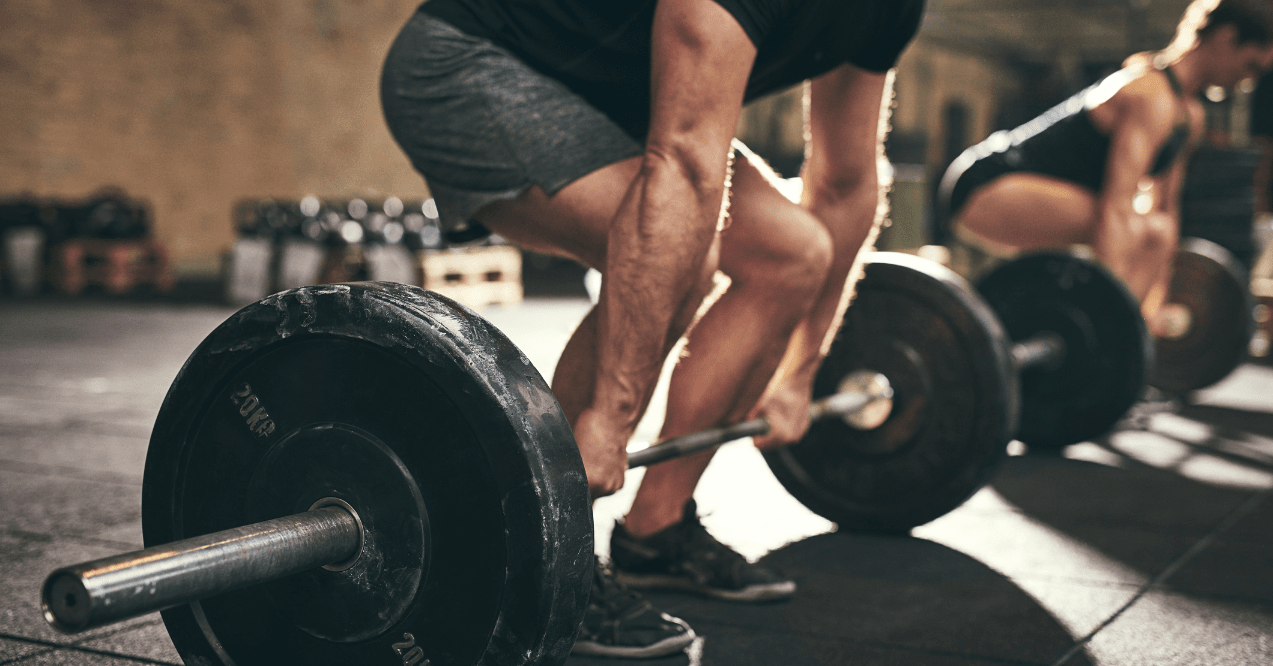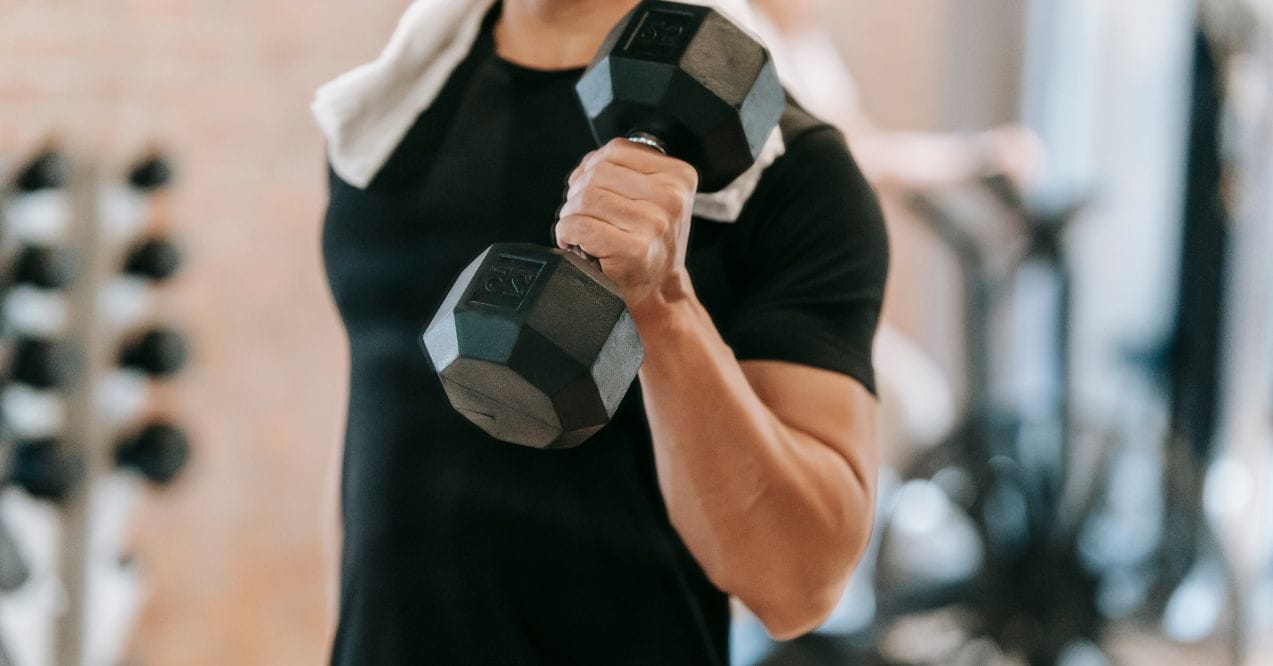The Ultimate Cutting Workout Plan for Maximum Fat Loss
Cutting workout plan is all about reducing body fat while keeping your hard-earned muscle intact. This phase is often used after a bulking period, aiming to enhance muscle definition by focusing on targeted exercises and a structured diet. Understanding the difference between lean muscle vs bulk is key to optimizing your results – cutting focuses on sculpting a lean, defined physique without excess size.
To make the most of your cutting phase, combining the right workouts with smart nutrition is key. Consider our 7-day bone broth diet plan to boost recovery or the 30-day carnivore diet meal plan for a high-protein, low-carb strategy that helps burn fat while preserving muscle.
Cutting isn’t just about the workouts – it’s a blend of training, nutrition, and consistency. With the right approach, you’ll find yourself with leaner, more defined results that showcase your strength.
This blog will guide you through a practical cutting plan, covering the essentials of how to start, what exercises to focus on, and how to maintain balanced nutrition for optimal fat loss and muscle support.
Key findings:

What Is Cutting Workout?
Cutting is a fitness technique to reduce body fat while keeping muscle. It’s widely used by bodybuilders, athletes, and fitness enthusiasts as part of a training cycle, usually following a bulking phase. The goal is to reveal muscle definition by lowering body fat without losing strength or muscle.
This process involves a combination of targeted routines such as back and tricep workouts and a controlled diet. By adjusting calorie intake and macronutrient balance, the body shifts to using stored fat for energy, helping to achieve a leaner, more defined look. Maintaining this balance is crucial to avoid muscle loss while cutting.
For instance, women aiming to develop a strong, sculpted physique, understanding how to build lean muscles for females can be a valuable complement to a cutting phase. Focusing on the right combination of strength training, protein intake, and recovery techniques can help achieve muscle definition without excessive bulk.
To optimize results, it’s important to structure workouts effectively. If you’re wondering how often should you go to the gym, the answer depends on your fitness level and goals. If your muscles feel sore it may mean muscle growth, but not necessarily. For cutting, a well-balanced routine includes strength training, cardio, and rest days to support recovery see the first signs of gaining muscle and losing fat.
Whether the goal is increased muscle visibility or peak physical performance, cutting plays a key role in refining physique while preserving the hard-earned muscle gained during bulking.
How to Start Cutting Workout?
Knowing how to start cutting is key for effective fat loss while keeping muscle. Here’s a simple breakdown to get started:
- Set a Calorie Deficit – Calculate your daily calorie needs, then reduce your intake by about 10-20%. This slight deficit may help burn stored fat without risking muscle loss.
- Adjust Macronutrients – Increase protein intake to preserve muscle while balancing carbs and fats for workout fuel and recovery.
- Strength Training – Aim for 3-5 days a week, focusing on compound exercises like hack squats or leg press, deadlifts to keep muscles engaged and strong.
- Add Cardio – Include 20-30 minutes of moderate-intensity cardio a few times a week to aid fat loss.
- Track Progress – Constantly monitor your diet and workouts, making small adjustments as needed to stay on course.
- Incorporate Time Under Tension Workouts or hybrid training programs – it helps to maximize muscle engagement and growth during cutting.
In addition to strength training and cardio, incorporating a somatic workout plan can improve mobility, reduce muscle tension, and enhance mind-muscle connection. These movement-focused sessions can support recovery and prevent injuries, ensuring you stay consistent throughout your cutting phase.
Cutting Workout Plan
A well-structured cutting exercise program is essential for reducing body fat while maintaining muscle mass. Prioritizing strength training helps preserve lean muscle, while incorporating cardio supports fat loss. This balanced approach ensures you achieve a toned and defined physique without sacrificing the muscle you’ve worked hard to build.
Here’s a five-day workout schedule for cutting to maximize fat loss and maintain muscle:
Day 1: Upper-Body Strength Training
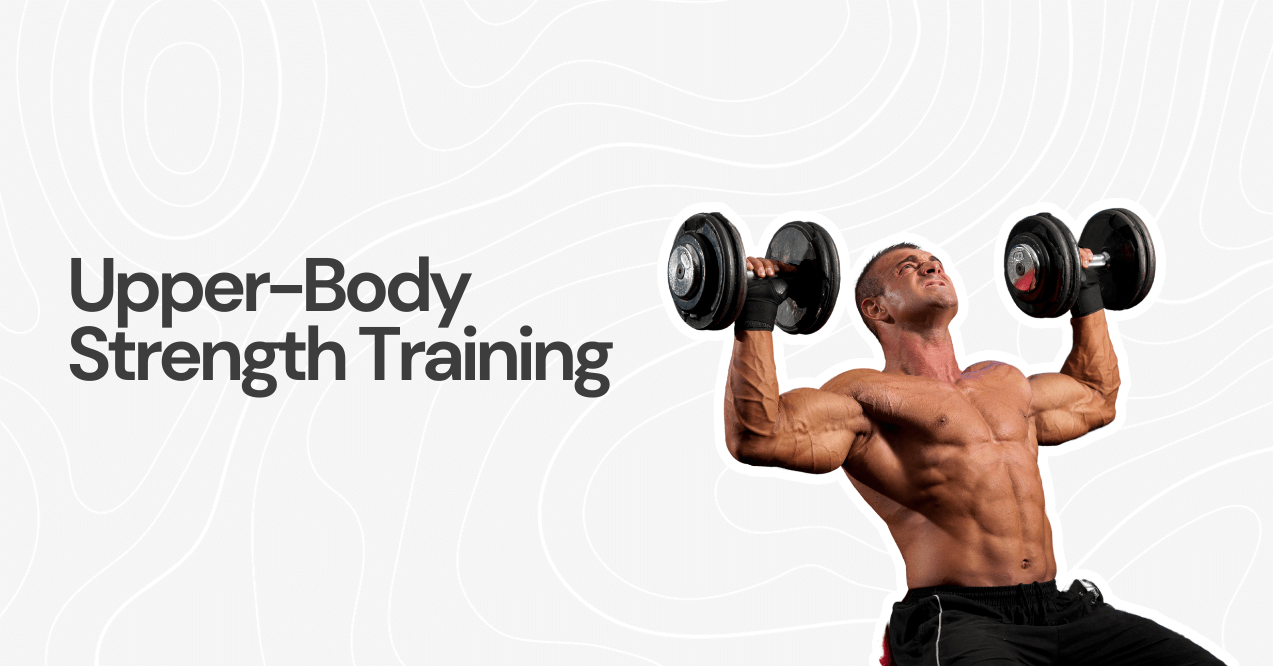
Start your week focusing on the upper body. Target muscles such as the shoulders, chest and triceps with exercises like bench presses, shoulder presses, and tricep dips. These compound movements help build and maintain muscle mass while burning calories.
- Bench Press – 4 sets of 8-10 reps
- Overhead Shoulder Press – 3 sets of 10-12 reps
- Incline Dumbbell Press – 3 sets of 8-10 reps
- Tricep Dips – 3 sets of 12-15 reps
- Lateral Raises – 3 sets of 15 reps
- Push-Ups – 3 sets to failure
Day 2: Lower-Body Strength Training
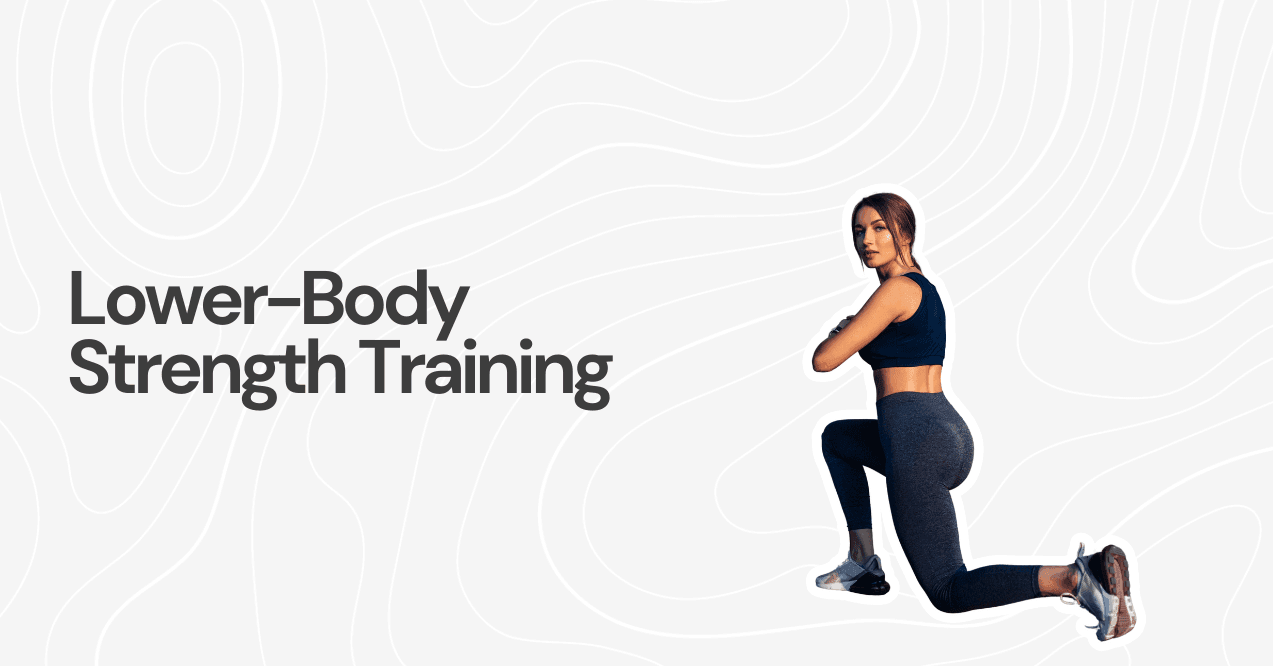
Shift focus to the lower body. Include exercises like squats, deadlifts, and lunges to engage the major muscle groups in your legs and glutes. Strengthening these areas boosts metabolism and supports overall muscle balance.
- Squats – 4 sets of 8-10 reps
- Deadlifts – 3 sets of 6-8 reps
- Lunges – 3 sets of 12 reps per leg
- Leg Press – 3 sets of 10-12 reps
- Calf Raises – 4 sets of 15 reps
- Hamstring Curls – 3 sets of 12 reps
Day 3: Full-Body Cardio or HIIT

Integrate a high-intensity cardio session or HIIT (High-Intensity Interval Training) on the third day. This type of workout increases heart rate, promoting fat loss while enhancing cardiovascular fitness and endurance. If you’re adjusting your diet and want to track your calorie intake effectively during the cutting phase, using an intermittent fasting calculator can help manage your eating windows for better fat loss and muscle retention.
What to eat before HIIT workout? Consume a Pre-workout before running. Also, to fuel your cardio or HIIT session, eat a light snack with carbs and a small amount of protein, such as a piece of toast with peanut butter or a small bowl of oatmeal. This provides energy without weighing you down.
- Warm-Up – 5 minutes of light jogging
- HIIT Circuit – 30 seconds sprint, 30 seconds walk/jog – repeat 10 times
- Alternative Cardio – 30 minutes of moderate-intensity cycling or rowing
Day 4: Back and Biceps Training
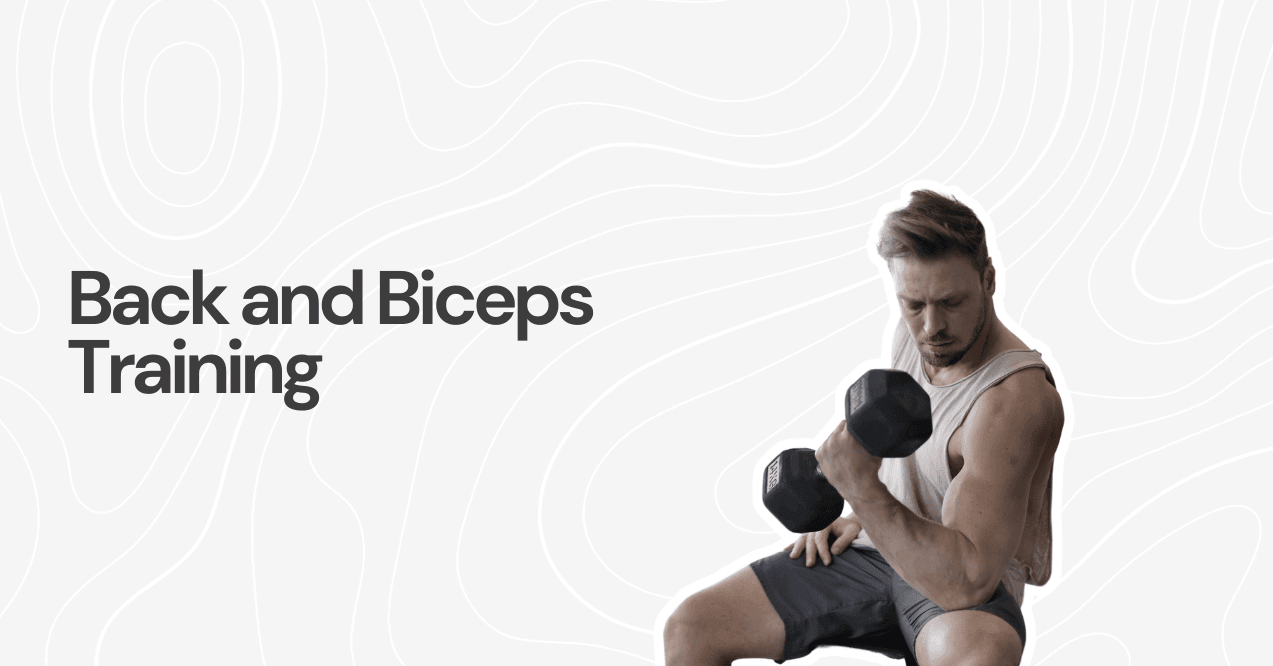
Dedicate this day to strengthening the back and biceps. Exercises like pull-ups, rows, and bicep curls contribute to a balanced upper body and support your cutting goals.
- Pull-Ups – 4 sets of 8-10 reps
- Bent-Over Rows – 3 sets of 10 reps
- Lat Pulldowns – 3 sets of 12 reps
- Seated Cable Rows – 3 sets of 10 reps
- Bicep Curls – 3 sets of 12-15 reps
- Hammer Curls – 3 sets of 12 reps
Day 5: Core and Cardio Combination
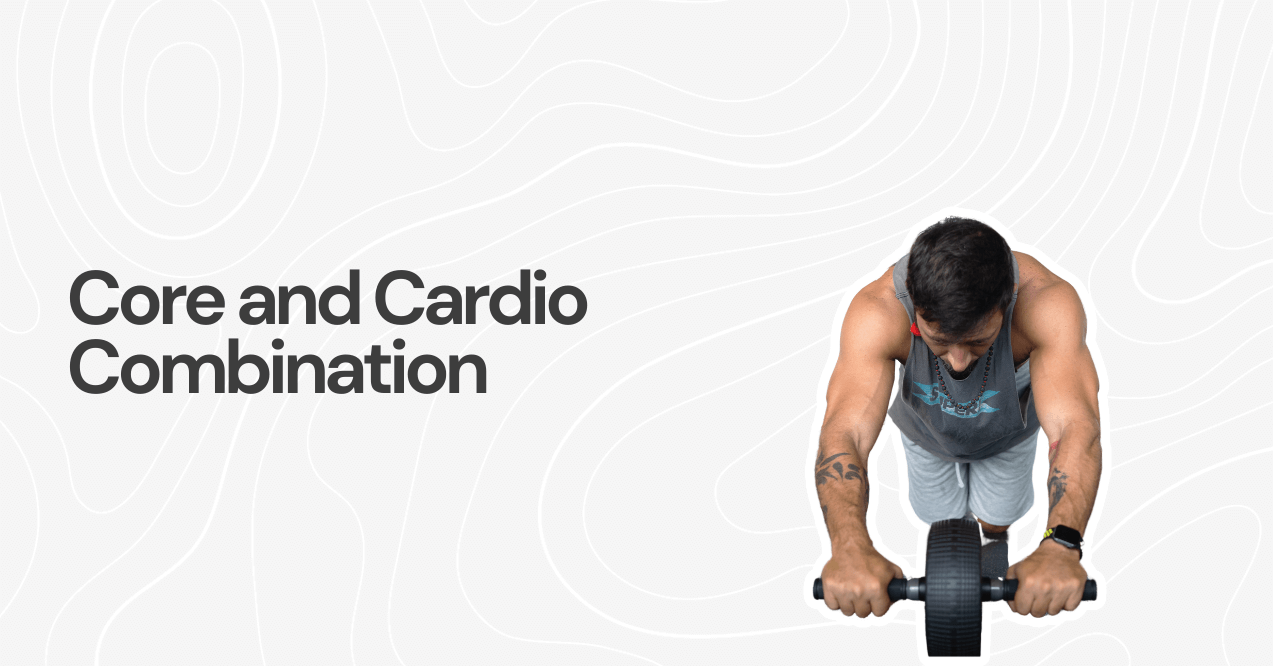
End the week with a combination of core exercises and moderate-intensity cardio. This strengthens your core and aids fat loss.
- Planks – 3 sets of 60 seconds
- Mountain Climbers – 3 sets of 30 seconds
- Russian Twists – 3 sets of 20 reps
- Bicycle Crunches – 3 sets of 15 reps per side
- Moderate-Intensity Cardio – 20 minutes of brisk walking or elliptical
Sticking to this cutting exercise program will help you achieve a leaner, more defined body. Remember, consistency is key, and combining strength training with cardio will maximize your fat loss while preserving your hard-earned muscle.
Nutrition While Doing Cutting Workout Plan
Nutrition plays a critical role in any cutting workout plan, supporting fat loss while preserving muscle. To optimize results, focus on these key nutrition tips:
- Eat in a caloric deficit to help reduce body fat.
- Prioritize protein intake to preserve muscle mass throughout your cut.
- Balance macronutrients by including healthy fats and complex carbs for energy and recovery.
- Stay hydrated to enhance performance and overall well-being.
- Choose nutrient-dense foods to meet your essential vitamin and mineral needs.
It’s important to note that protein is very important during cutting. Try to get 1.0 to 1.2 grams of protein per pound of body weight each day. Lean meats, fish, eggs, and plant-based proteins help keep muscle intact. Adding collagen and bone broth together may also support joints and skin. Additionally, if you’re wondering how much collagen is in bone broth, one cup typically contains about 10 grams.
For a convenient way to boost your protein intake, consider Trumeta Bone Broth Protein. Made from real beef bones, it’s dehydrated to preserve a rich nutritional profile, including over 30 amino acids, vitamins, and minerals. This high-quality powder has no fillers or fluff – just pure, concentrated nutrition. Its all-natural cocoa flavor makes it easy and enjoyable to incorporate into your routine, whether in a smoothie or on its own. Trumeta Bone Broth Protein is a simple way to support muscle maintenance during your cutting phase.

What Are Some of the Drawbacks to This Type of Workout?
A cutting workout plan can be tough and has some drawbacks. The main challenge is low energy, as cutting requires a caloric deficit, which can leave you feeling fatigued. Reduced calories also increase hunger, making it harder to stay consistent. Additionally, some athletes deal with common supplement concerns like does creatine expire, which requires proper storage and timing during your cutting phase.
If not done carefully, cutting can lead to muscle loss, especially if protein intake or strength training isn’t enough. Balancing nutrition and exercise is key to avoid these issues and achieve a leaner physique without sacrificing too much energy or muscle.
What Kind of Results Can One Expect?
From a well-structured cutting phase, you can expect a leaner, more defined physique. By following a balanced lean muscle workout and maintaining a calorie deficit, body fat reduces while muscle mass is preserved. Visible results typically include increased muscle definition, with areas like the arms, chest, and abs becoming more toned.
Along with physical changes, cutting can also improve endurance and strength, especially if you keep up a consistent strength training routine. Results vary by individual, but with dedication to both workouts and nutrition, cutting leads to a noticeable, more sculpted appearance over time.
Conclusion
A cutting workout plan can be a powerful way to achieve a lean, defined physique. By focusing on strength training to preserve muscle and adding cardio for fat loss, you’ll see progress toward a more sculpted look. Remember, nutrition is just as important – maintaining a calorie deficit with sufficient protein will help you reach your goals without losing muscle.
However, cutting does come with challenges like lower energy and increased hunger, so balance is key. Stay consistent with both your workouts and diet, and you’ll be well on your way to achieving a leaner, more defined version of yourself.
To lose fat while cutting, aim for a 10-20% calorie deficit from your maintenance level. This reduction promotes gradual fat loss without risking muscle loss. Adjust based on your energy and progress.
A cutting phase typically lasts 6-12 weeks, depending on your goals and body composition. This timeframe allows for sustainable fat loss while maintaining muscle. Longer cuts should be monitored closely to avoid potential energy or muscle loss.
Building muscle while cutting is challenging but possible for beginners or those returning to training. Focus on a high-protein diet and strength training to support muscle growth while in a caloric deficit.
Advertisement. This site offers health, wellness, fitness and nutritional information and is designed for educational purposes only. You should not rely on this information as a substitute for, nor does it replace, professional medical advice, diagnosis, or treatment. If you have any concerns or questions about your health, you should always consult with a physician or other health-care professional. Do not disregard, avoid or delay obtaining medical or health related advice from your health-care professional because of something you may have read on this site. The use of any information provided on this site is solely at your own risk.
